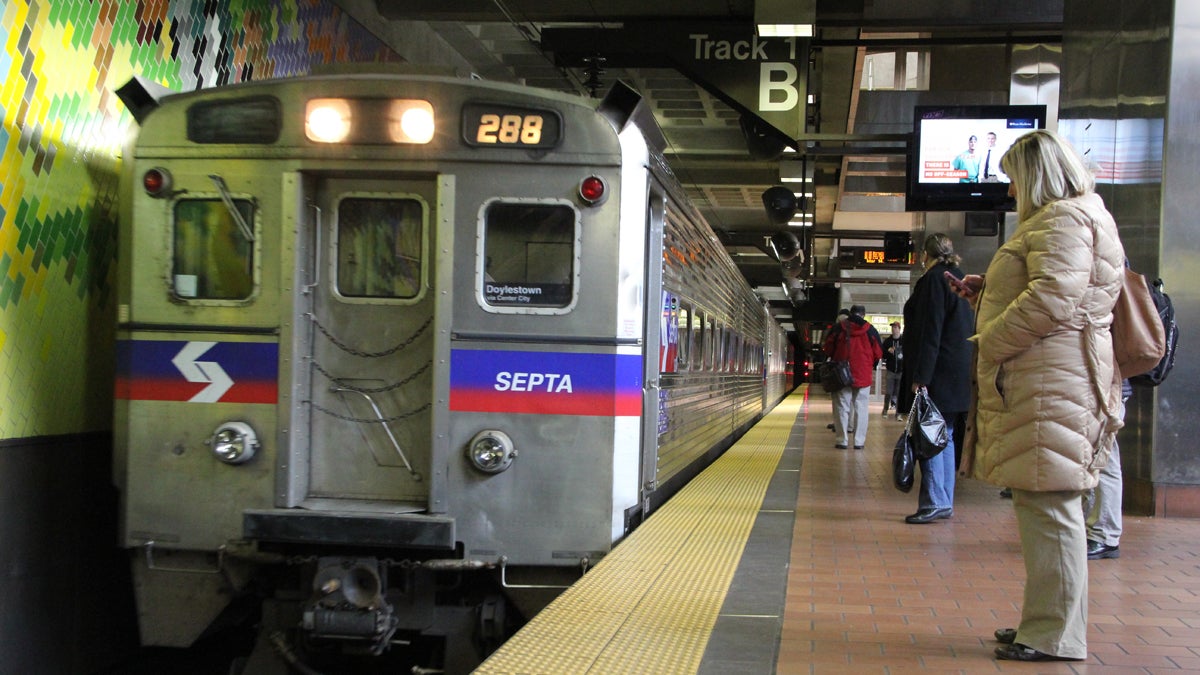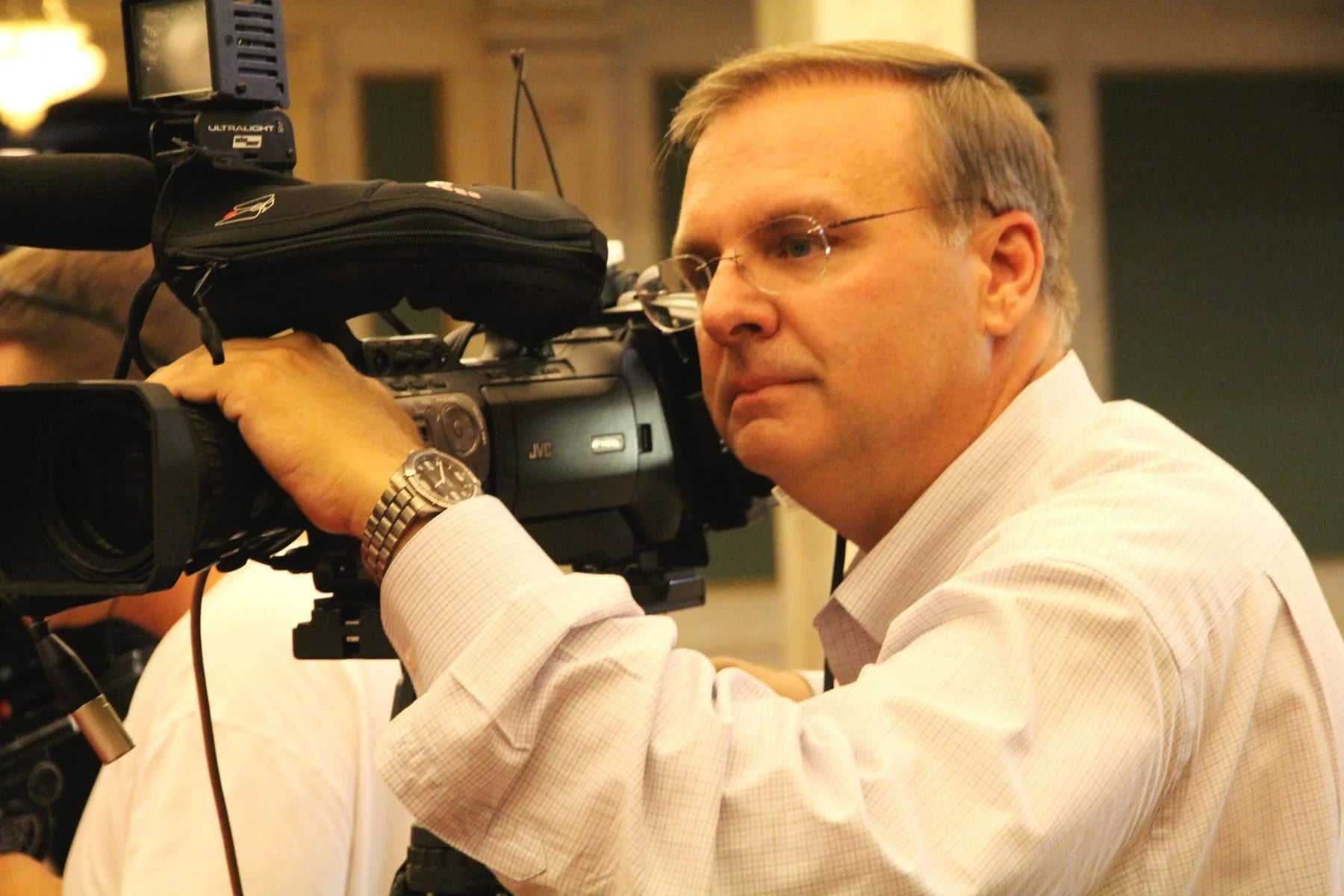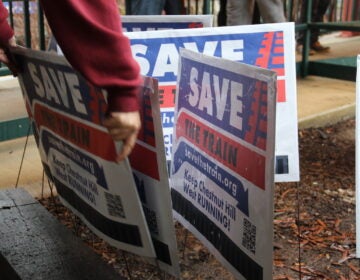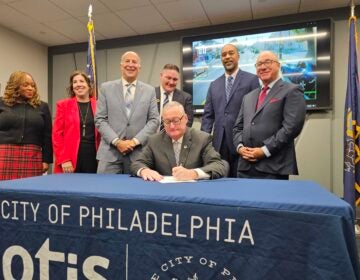No data on how often positive train control has prevented SEPTA crashes
New Jersey Transit is still working to get positive train control installed by a December 2018 deadline. That deadline was already extended by Congress once.

(WHYY, file)
The safety technology missing on the Amtrak line in Seattle that experienced a fatal crash Monday is up and running on many train lines in the Philadelphia region.
The positive train control system, known as PTC, slows trains when they’re going too fast into a curve. That’s believed to be that cause of Monday’s accident that killed three and injured dozens.
Amtrak’s Northeast Corridor trains as well as SEPTA’s trains are equipped with the technology, said Andrew Busch of SEPTA.
“We rolled it out on regional rail, and it was completed this year,” he said.
While Amtrak and SEPTA were already working to get PTC installed, efforts were redoubled after the fatal 2015 Amtrak crash in Philadelphia. In the crash, the engineer became disoriented and sped into a curve at Frankford Junction at twice the posted speed limit.
While SEPTA trains have the technology, Bush said, so far the transit agency doesn’t have data on how many times the safety system might have prevented a crash.
“The data from incidents from positive train control is activated are recorded. As we are still in a startup period for this new technology, we haven’t yet gotten to the point where we are able to do a thorough analysis on that data,” he said.
Busch said there are plans to review the data in the future.
New Jersey Transit is still working to get PTC installed by a December 2018 deadline. That deadline was already extended by Congress once.
SEPTA’s Market Frankford and Broad Street lines have similar equipment to slow trains, but don’t have PTC.
WHYY is your source for fact-based, in-depth journalism and information. As a nonprofit organization, we rely on financial support from readers like you. Please give today.





